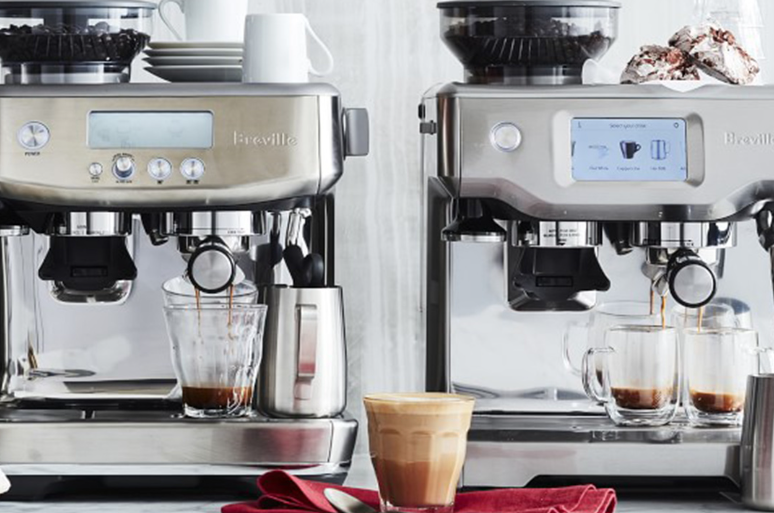Your home espresso machine is a passport to a world of delectable coffee exploration, not just a means of satisfying your morning caffeine habit. With your reliable machine, specialty coffee—which emphasizes premium beans, distinct origins, and complex flavor profiles—becomes even more accessible. This article will explore how your espresso maker can elevate your everyday cup of coffee to a barista-caliber experience.
1. The Bean Bonanza: A World of Flavors Awaits
The base of any great espresso beverage is the coffee beans themselves. Specialty coffee machines select premium beans from particular sources, showcasing the distinctive qualities of each locale. A Sumatra Mandheling could reveal earthy chocolate tones, while an Ethiopian Yirgacheffe might have citrus notes. Taste single-origin beans to recognize these unique flavor characteristics.
2. Freshness is Key: Grinding Your Way to Perfection
Although pre-ground coffee is convenient, its freshness quickly diminishes. To get the full potential of your beans, get a burr grinder. To get optimal flavor extraction and a richer crema—the beautiful coating of froth atop a perfect espresso—grind shortly before extracting a shot. To locate the sweet spot, play around with the grind size. Too coarse will result in weak shots, while too fine will result in bitterness.
3. The Art of the Pull: Dialing In for Deliciousness
It takes a careful balance of pressure, temperature, and grind size to pull the ideal espresso shot. This is the point where brewing art and science collide. The “golden” ratio is an excellent place to start; in roughly 30 seconds, you should be aiming for a 2:1 coffee-to-espresso production ratio. Feel free to modify it according to your taste and the particular beans you’re using.
Here are some pointers:
- Dosage: For a double dose, start with about 18 grams of freshly ground coffee.
- Tamping: Using your tamper, evenly press down to form a little puck inside the portafilter.
- Extraction Time: Aim for that 30-second window; if your shot is running too slowly or too quickly, alter the grind size.
4. Milk Matters: Mastering the Art of Frothing
It’s crucial to learn milk foaming if you enjoy milky drinks like cappuccinos and lattes. The steam wand on the majority of espresso machines lets you texturize cold milk. The objective is to produce microfoam, which has a luscious mouthfeel and a silky smooth texture with small bubbles. Try a variety of milk kinds (whole milk has the most potential for foaming) and get comfortable with your steaming method for reliable results.
5. Beyond the Basics: Exploring Coffee Cocktails
Your home espresso machine opens doors to a world of inventive coffee cocktails once you’ve mastered the basics. Espresso, coffee liqueur, and simple syrup are combined in a classic espresso martini to create an elegant after-dinner beverage. Are you in the mood for an adventure? Explore the world of affogato, a delicious delicacy consisting of a scoop of ice cream drowned in a shot of espresso, or look out for recipes for flavored syrup-spiked lattes.
6. The Learning Curve: Embrace the Journey
If your initial attempts don’t meet the standards of a café, don’t give up. The art of making espresso at home is in constant trial and error. Online resources abound; they range from educational films to blogs that include comprehensive brewing instructions. To provide you with the know-how to become a master at home coffee making, nearby coffee businesses may even offer barista training.
The Final Sip: A Rewarding Experience
Your home espresso machine can open doors to a world of delectable experiences with a little commitment and effort. The options are infinite, ranging from discovering inventive coffee cocktails to creating barista-worthy lattes and enjoying the distinct flavors of single-origin coffee beans. So take your favorite mug, turn on your maker, and go off on a trip of discovery—a great cup awaits you at the end of it.
